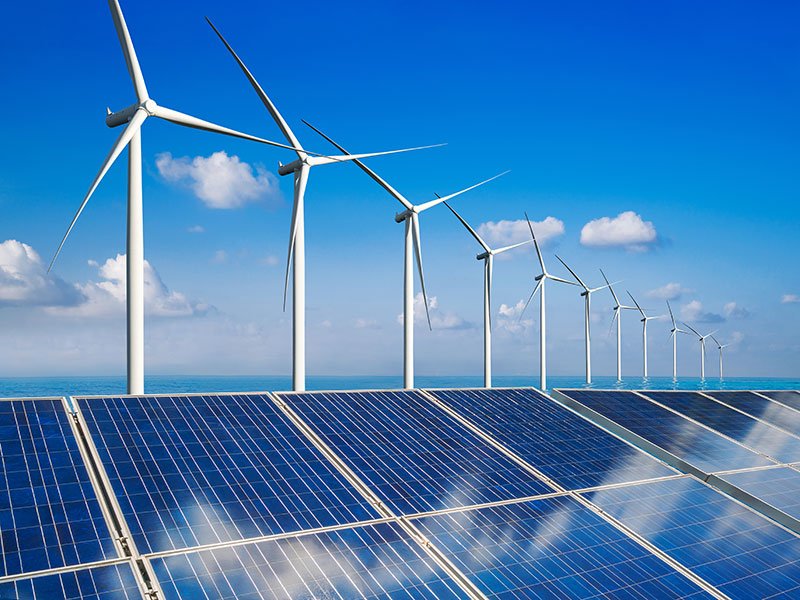The Australian Academy of Technology and Engineering has urged the government not to wait for emerging technologies to mature to achieve significant carbon emission reductions, but to push ahead with existing tech.
ATSE has called on the federal government to commit to immediate and decisive action to reduce the nation’s greenhouse gases, ahead of the Glasgow COP26 Climate Change Summit in November.

In a position statement made public overnight, the academy – which brings together Australia’s leading thinkers in applied science, technology and engineering – put forward three clear recommendations to government on the need for urgent action on reducing greenhouse gas emissions.
- Commit to achieve net zero emissions by 2050 at the latest, and set a more ambitious interim emissions target for 2030
- Prioritise the immediate deployment of existing mature, low-carbon technologies which can make deep cuts to high-emitting sectors before 2030
- Develop a national net zero emissions policy and implementation framework
Most significantly, the ATSE scientists and engineers said to achieve reductions, policymakers did not need to wait for emerging technologies because they could already be economically achieved through the immediate deployment of existing mature, low-carbon technologies like solar, wind and energy storage (batteries and pumped hydro), combined with electrification of transport and sustainably designed buildings.
The group said there was also an opportunity to “decarbonise the use of natural gas” (to be used for firming to support renewable energy during the transition) through technologies such as carbon capture, utilisation and storage technology, or by blending hydrogen with natural gas, in the short to medium term this decade.
Australia had the potential to be among the world’s leading nations in renewable energy generation, low-emission and negative emission technologies, they said.
ATSE president Hugh Bradlow said that a firm commitment to net zero emissions with clear targets and a plan to achieve them would pave the way for large-scale infrastructure roll-out, and would provide the certainty for industry and investment.
“A 50 per cent emissions reduction by 2030 would set a clear course for net zero emissions by 2050. It’s also realistically achievable, based on the technology already available,” Professor Bradlow said.
“To meet the more ambitious targets we’re calling for, the Australian Government must develop a plan and solid policy framework to guide and coordinate the deployment of low-emissions technology as soon as possible.”
ATSE’s Energy Forum chair Dr John Soderbaum said Australia could not rely on market forces or the current ‘business as usual’ approach. It was not a realistic option.
Australia’s global trading partners viewed the nation’s current 2030 emissions target as “manifestly inadequate” and out of step with their own commitments, Dr Söderbaum said.
“Trading partners will inevitably apply increasing commercial pressure if we fail to set more ambitious targets,” he said.
“The technology needed for Australia to transition to a net zero emissions economy already exists. What’s more, we are well placed to capture significant economic opportunities as we make that transition.”
Do you know more? Contact James Riley via Email.

